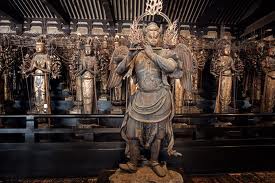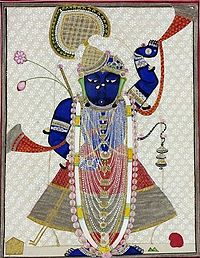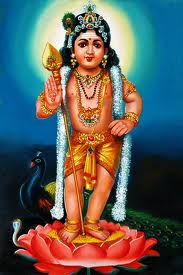Musical Instruments in Divinity – The Venu, supported by the Ministry of Culture, Govt of India.
By,
Dr M Lalitha, Senior Violinist, Musician and Fulbright Fellow,
I am presenting a short gist of my presentation on Venu.
Flute is one of the oldest musical instruments of India, which is a key-less transverse flute made of bamboo.
The Topics covered were Flute and Divinity where the venu is associated with the Hindu god Krishna who is often depicted playing the instrument.
Little known is that, in Tirumurugatrupadai by Nakkirar there is a reference to Lord Muruga playing the Flute.
History and Evolution of Flute was dealt with. At least 35,000 years ago, in the depths of the last ice age, archaeologists discovered a bone flute and two fragments of ivory flutes in southwestern Germany.
The earliest written reference to a flute is from a Sumerian -language Cuneiform tablet dated to c. 2600–2700 BCE.
References in Bible are seen. In the Judeo-Christian tradition Jubal is regarded as the inventor of the flute.
Vedic literature refers to various types of musical instruments Venu (flute), Tunav (like a war trumpet Tutaari), Naali (metal flute), Bakur (two piped flute), Karadhuni (conch attached to flute).
The most popular wind instrument during the Sangam period happens to be the Flute. Perumpannarruppatai describes the process of making the flute while in Paripaadal songs nos 6, 7, 10′,11, 12, and 22 mentions dance accompanied by vocal and instrumental music like Yazh, flute and Mulavu.
In Aichiyarkuravai in Silappadhikararn, there is a description of Lord Krishna playing a Cassia or Konrai flute.
Types of Flutes were discussed. References from Slokas were given from Minakshi Pancharatnam, Sri Jaganathastakam. Flute finds mention in the Divyaprabhandam and Panniru Tirumurai.
A note about the Musical gods with Flute in the different global religious traditions like Kokopalli from the Native American cultures in the SW United States, Gods from Yoruba, Roman and Greek traditions were made.
In Sanjusangendo temple in Kyoto, 1164, the main deity of the temple is Sahasrabhuja arya Avalolitesvara or the Thousand Armed Kannon where 1001 statues of Kannon are lined up in rows and in front of all the Kannon statues are 28 statues of the Guardians of the Buddha where one of them has got a beak, and playing the flute.

Flutes in Global Cultures – Myths/ Stories was part of this presentation where throughout New Guinea and three Central Brazilian cultures, (Mundurucus, Kalapalo, and Kamayura), the flute is endowed with very special powers and meaning. Flutes are sacred to each region and are stored in the men’s homes and females are forbidden to see or play them. Flutes are also blown by the Vanimo people before fights.
Compositions by various composers were dealt with elaborately – Saint Tyagarajas Ganamurthe, Renukadevi in Kannadabangala of Sri Muthuswamy Dikshitar and others.
In Periya Puranam that give the history of 63 nayanmars talks about Anayar a cowherd who played Namasivaya the panchakshara mantra on flute and Lord Shiva descended down to give him Moksha.

Flutes in Sculptures, Fresco and Flutes in Global music tradition was also dealt with like the Contrabass, Chinese Flutes Dizi, Japaneses Fue, flutes from Madagascar and Eastern Armenia.
Newa Music, or Newar Music, having its roots in Hindu and Buddhist music is the traditional music developed in Nepal by the Newars gives reference to the musical instrument Bansuri which is used there.
A note about the temples of Sri Krishna with flutes were also part of the presentation.
Flutes in temple music – There is a reference that during 1559 AD, Naayinan Azhagan Ayyakutti was employed to play the Flute for the Tri kala puja in the Tirupandri Baaghathu Mahadevan Temple.
Audio and Video clippings was presented and Kritis like Renukadevi in the Raga Kannadabangala of Muthuswamy Dikshitar, Sri Parthasaratina in Suddha Dhanyasi of Sri Muthuswamy Dikshitar etc were sung by Dr M Lalitha and M Nandini.







































